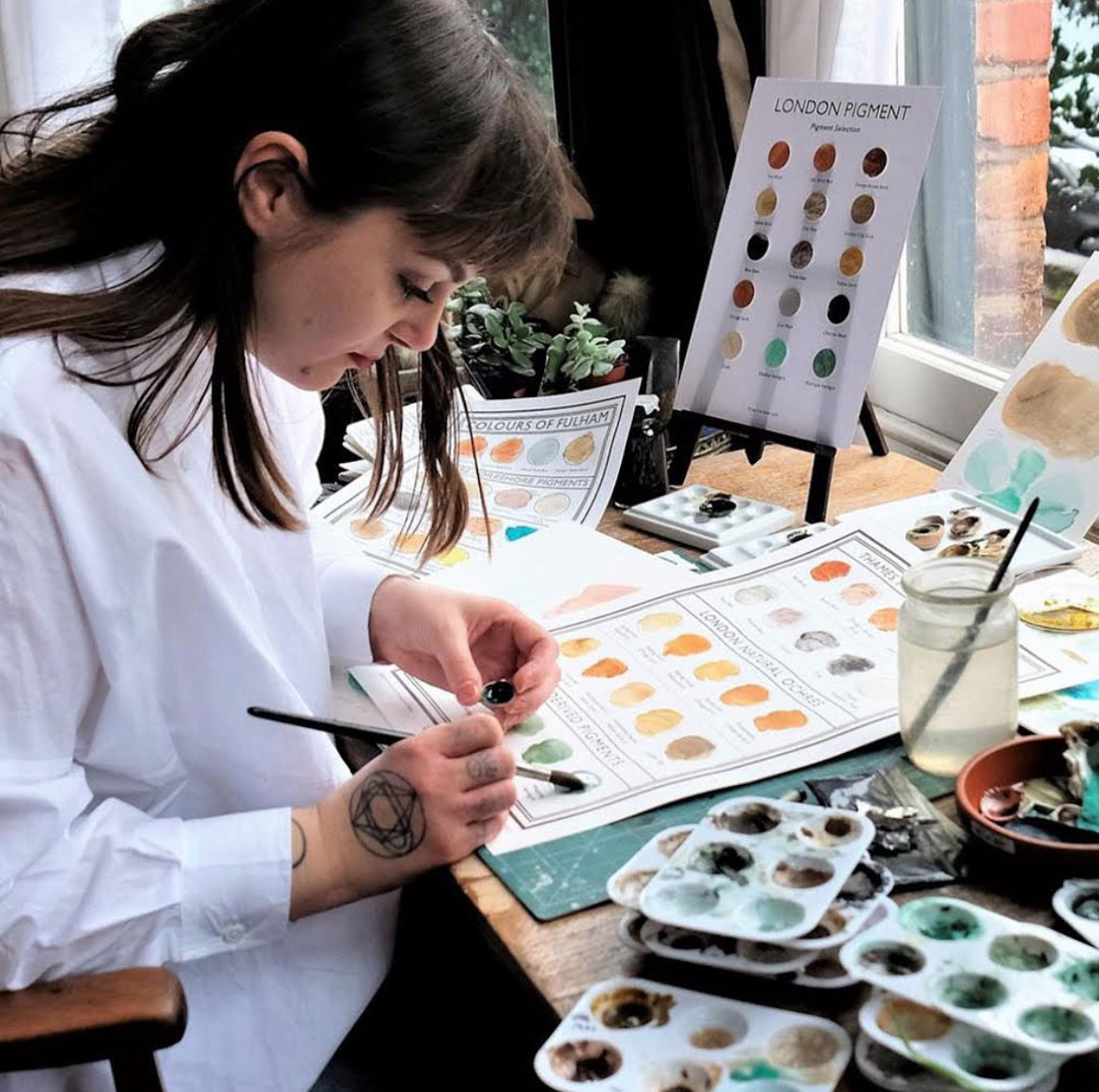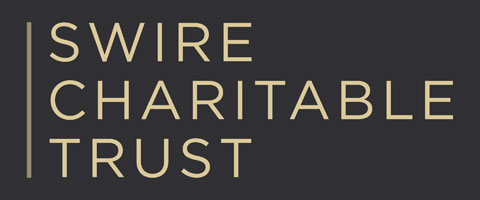The Makers
the national charity for heritage crafts

Craft inspiration direct to your inbox
Become a Heritage Crafts Fan and receive a free monthly newsletter about craft announcements, events and opportunities.
SubscribeFollow us on Instagram
We are profiling the recipients of our latest round of Endangered Crafts Fund grants.
Seth Kennedy @sk_mechanician, from Hertfordshire and London, has been funded to refurbish and provide storage for specialised tools, to be used to teach horologists and silversmiths to become watch case makers.
Seth’s grant is funded by the Julia Rausing Trust.
Seth said: “This endangered crafts funding is going to be instrumental in helping me to pass on my working knowledge of traditional watch case making to the next generation. In recent decades only a handful of practitioners have carried out this craft and it is critical to its future, and to the wider restoration of antique watches, that newcomers pick up these skills.”
📷 @paulreadphoto

We are profiling the recipients of our latest round of Endangered Crafts Fund grants.
Jessica Light @jessica_light_, from London, has been funded to train apprentice @annarayart in the craft of passementerie, and together explore new routes to market.
Jessica is the last working passementier left in the East End of London, one of the craft’s historic areas for production. She’s known as ‘The Tassel Queen of Bethnal Green’ and she brings a ‘measured couture-crafted anarchy’ to her passementerie where tradition meets modernity.
Jessica’s grant is funded by an anonymous donation to the Endangered Crafts Fund.
Jessica said: “I see myself as a link in a long passementerie chain that goes back centuries, and hopefully this funding will help ensure I won’t be the last link and the chain can continue growing. This funding will help widen the exposure of this endangered craft and push the creative possibilities by working collaboratively with artist Anna Ray.”
📷 @kristinperers

We are profiling the recipients of our latest round of Endangered Crafts Fund grants.
The Framework Knitters Museum @fwkmuseum, in Nottinghamshire, has been funded to commission, purchase and install new prototype bearded needles for their stocking frames, and train volunteers in their use.
The Museum’s grant is funded by the Julia Rausing Trust.
David Longford, Museum Manager, said:
“For the critically endangered craft of framework knitting this funding is incredibly significant for us. It will enable us to supply new needles to finally fully restore an 1840 frame, as well as use across our existing working frames. Thus increasing our capacity to demonstrate to visitors and to offer new training opportunities to learn this special craft.”

A straw hat maker, a watch case maker and a harp maker are among the recipients of a new round of grants to help safeguard some of the UK’s most endangered craft skills.
Heritage Crafts has awarded the grants through its Endangered Crafts Fund, which was launched in 2019 to increase the likelihood of at-risk craft skills surviving into the next generation. This round’s grants are funded by the Julia Rausing Trust, the William Grant Foundation and a private donor.
The seven successful recipients are:
• James Anderson @anderson_vintage06, from Luton, to restore antique straw hat making machines and buy a boater hat block for his blocking machine, as part of his mission to revive straw hat making in the town.
• Framework Knitters Museum @fwkmuseum, in Nottinghamshire, to manufacture, purchase and install new prototype bearded needles for their stocking frames, and train volunteers in their use.
• Seth Kennedy @sk_mechanician, from Hertfordshire, to refurbish and provide storage for specialised tools, to be used to teach horologists and silversmiths to become watch case makers.
• Jessica Light @jessica_light_, from London, to train apprentice @annarayart in the craft of passementerie, and together explore new routes to market.
• Gail McGarva BEM @gailmcgarva.boatbuilder, from Dumfries and Galloway, to secure a barn to become the Traditional Boat Building Beacon, in which to teach regional clinker-built boat construction.
• Mark Norris @marknorrisharps, from the Scottish Borders, to help open a school of harp making and develop a curriculum of tuition before the craft dies out in Scotland.
• Mark Rochman, from Leeds, to gain bicycle frame making skills from Ellis Briggs Cycles and add bicycle making to the offering of @leedsbikemill, a workers cooperative currently offering bicycle repair and maintenance.
Read more via the linktr.ee in our bio. We will be posting about each of the individual recipients over the coming days.
📷 David Longford, @paulreadphoto, @alicia_canter, @jamesglossop

Before Christmas the Heritage Crafts staff team attended a half-day workshop at @tufting_london. It was such good fun and a sure recommendation if your New Year’s resolution is to try something new.
Plus, initiatives like this have done wonders to increase the popularity of rug tufting and get it off of the Red List of Endangered Crafts.
@tess_osman @elizabeth.bizz.fretty @maryeluned_craft @ailsap22 @finnarschavir @weaverraedesigns @danielcarpenter_

Our 2025 Robin Wood Changemaker of the Year Award winner Alex Sowden @hammerandhoundforge appeared on BBC Look North today, talking about training young people blacksmithing, including featured trainee Saul Beardsley.

This week’s #mondaymaker is Deb King @debkingdesign – a handweaver.
Deb is an award-winning handweaver and textile artist who creates timeless designs with care and attention, focusing on the tactility, drape and weight of pieces alongside the appearance of finished cloth. Deb uses natural materials and yarn, often from individual farms and micro mills, supporting British growers and processors.
View Deb’s full profile on our maker’s directory: https://heritagecrafts.org.uk/maker/debking/
#heritagecrafts #mondaymaker #handweaving

Living Heritage in the UK information sessions
Heritage Crafts’ @maryeluned_craft is fresh from speaking at the The UNESCO Intergovernmental Committee for the Safeguarding of the Intangible Cultural Heritage in New Delhi last week, and will be running two online information session this Thursday for anyone thinking of nominating their living heritage practice on the new Living Heritage in the UK inventory, launched by the government a little over a week ago. This is part of Heritage Crafts’ new status as a Community Support Hub for the inventory.
Sign up for free via the Linktr.ee in our bio for online information sessions at 3pm and 6.30pm. We’ll also be running further sessions in the new year.







